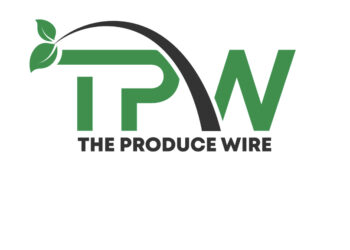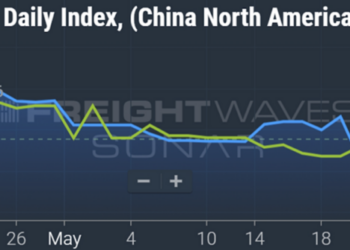Drayage operators in California that faced a Sunday deadline barring registration of any new internal combustion engine (ICE) vehicles in the state’s drayage registry instead will be able to sign them up in the new year.
The California Air Resources Board (CARB) said in a letter sent to Chris Shimoda, the senior vice president of government affairs at the California Trucking Association (CTA), and obtained by FreightWaves that it would temporarily withdraw its requirement that only zero-emission vehicles (ZEVs) could be signed up with the state’s drayage truck registry after New Year’s Eve.
The letter to Shimoda was dated Wednesday. It was sent by Steven Cliff, executive officer of CARB. It suggests that CARB and the CTA have been in discussions about enforcement of the drayage registry requirement for several weeks.
The backdrop to the discussions is the lawsuit filed by CTA against CARB for not obtaining a waiver to implement the state’s Advanced Clean Fleet (ACF) rule, of which the 100% ZEV drayage requirement was part. Soon after CTA filed its suit, CARB asked the federal Environmental Protection Agency for a waiver that would allow it to implement emission rules more stringent than federal regulations. CARB officials reportedly had not previously believed that such a waiver was needed.
But it appears the discussions over the points made in the lawsuit have led to the CARB retreat — for now — on the drayage rule.
“CARB will not take enforcement action as to the high-priority or drayage fleet reporting provisions or registration prohibitions until EPA grants a waiver applicable to those regulatory provisions or determines a waiver is not necessary,” Cliff said in the letter.
In an advisory sent out to its members, the American Trucking Associations said a “waiver determination from EPA is not expected for months, and could take up to a year.”
“High priority fleets” is the term the state uses for trucks involved in general trucking activity, as opposed to drayage or government vehicles. High-priority fleets meet a standard of having either $50 million in gross annual revenue or consist of at least 50 trucks.
Those fleets were facing reporting requirements that were to begin Feb. 1, 2024, on several different aspects of fleet compliance with the mandates of the ACF rule.
But it was the drayage requirement that had the most immediate operational impact.
Another operational requirement that is now on hold, according to the CARB letter, is phasing out vehicles that have “exceeded their useful life periods.”
The useful life period is defined by CARB as either 13 years or hitting 800,000 miles or 18 years from the year the “engine in the vehicle was first certified for use by CARB or U.S. EPA, whichever is earlier.”
Regardless of the definition, the provisions of the CARB letter means that a truck that was facing removal because of its age in 2024 has just had its life span extended.
Cliff’s letter has several references to the temporary nature of the decision, with its end date dependent on when a decision on an EPA waiver will come down. After that issue is settled, CARB believes it has the “right to de-register non-compliant vehicles that were added to or remained in, the drayage registration system while the waiver request was pending,” Cliff wrote.
“If fleets add non-compliant vehicles (e.g., new internal-combustion-engine vehicles) from January 1, 2024, onwards, those fleets should expect to receive a notice from CARB indicating that CARB may remove those vehicles in the event it receives the requested waiver or U.S. EPA decides no waiver is necessary,” the letter states.
The letter also suggests that CTA officials had suggested they would seek a temporary injunction that would block CARB from enforcing the rule. But Cliff said he “understands … CTA has agreed not to file a preliminary injunction motion.”
More articles by John Kingston
The post California holds off on only allowing zero-emission vehicles in drayage registry appeared first on FreightWaves.














